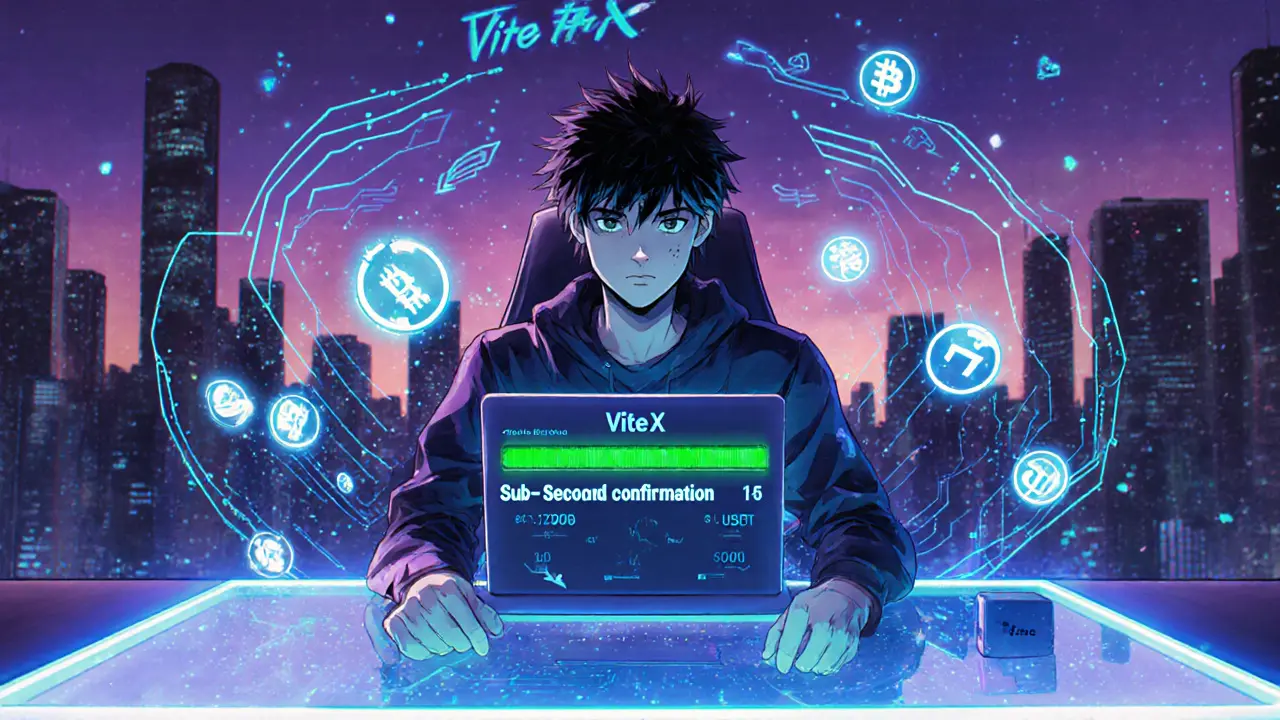

When working with DAG technology, a data structure that records transactions without forming a linear chain, enabling parallel processing and high throughput, you instantly step into a world that challenges the classic blockchain model. The Directed Acyclic Graph, the underlying graph‑based model that prevents cycles and forces each new entry to reference multiple earlier ones is the core engine behind this shift. Unlike a single‑threaded chain, a DAG lets many nodes confirm transactions at the same time, which DAG technology leverages to cut fees and boost speed.
Traditional blockchain, a sequential ledger where each block links to the previous one using a cryptographic hash has proven reliable, but its linear nature creates bottlenecks as demand grows. DAG technology encompasses parallel transaction processing, meaning scalability no longer depends on adding larger blocks or waiting for more confirmations. This change directly impacts decentralized finance (DeFi), financial services built on open protocols that eliminate intermediaries by offering faster trade settlements and cheaper swaps, keeping users from bouncing between high‑fee platforms.
One of the biggest advantages is the low‑cost consensus algorithm that DAGs employ. Instead of proof‑of‑work miners solving puzzles, nodes validate each other's transactions, creating a web of mutual verification. This algorithm reduces energy consumption and makes it easier for mobile devices to participate, opening the door for IoT applications and micro‑payments. Projects like IOTA and Hedera Hashgraph showcase how a DAG can power sensor data markets, supply‑chain tracking, and even real‑time gaming economies.
Investors also love the security angle. While a linear blockchain relies on the longest‑chain rule, a DAG’s multiple‑reference structure makes it harder for an attacker to rewrite history without controlling a massive portion of the network. In practice, that translates to faster finality without sacrificing trust – a sweet spot for traders who can’t wait for multiple block confirmations.
From a developer’s perspective, building on a DAG often means fewer smart‑contract constraints. Because transactions settle quickly, you can design more dynamic applications, such as instant stablecoin swaps or real‑time royalty distributions for creators. The flexibility also dovetails with the rise of cross‑chain bridges, where DAG‑based chains act as neutral relays to move assets without the latency typical of traditional bridges.
If you’re wondering how to get started, the first step is to identify a DAG platform that matches your needs – whether it’s the high‑throughput environment of a IOTA tangle for IoT, or Hedera’s enterprise‑grade governance for corporate use cases. Once you choose a network, you’ll typically set up a wallet, acquire the native token (like IOTA’s MIOTA or HBAR), and explore the SDKs that let you publish transactions directly to the graph.
In the articles below you’ll find deep dives into airdrop opportunities, exchange reviews, and practical guides that tie directly into the DAG ecosystem. Whether you’re hunting for the next token airdrop, comparing fees on a DAG‑compatible exchange, or learning how to secure your wallet against phishing, this collection gives you the tools to navigate the fast‑moving world of graph‑based ledgers.
Ready to see how DAG technology reshapes performance, costs, and security across crypto? Scroll down and explore the curated posts that break down every angle – from the basics of how a DAG works to real‑world strategies you can apply today.

A detailed 2025 review of ViteX crypto exchange covering speed, fees, VX token benefits, pros, cons, user experience, and who should use it.